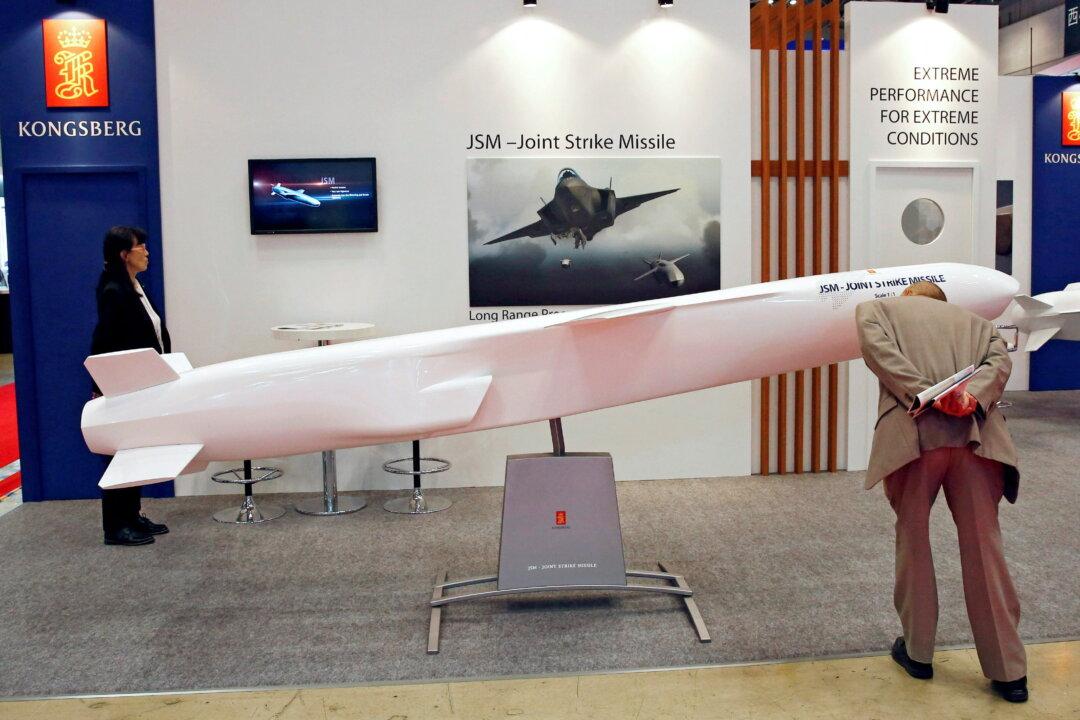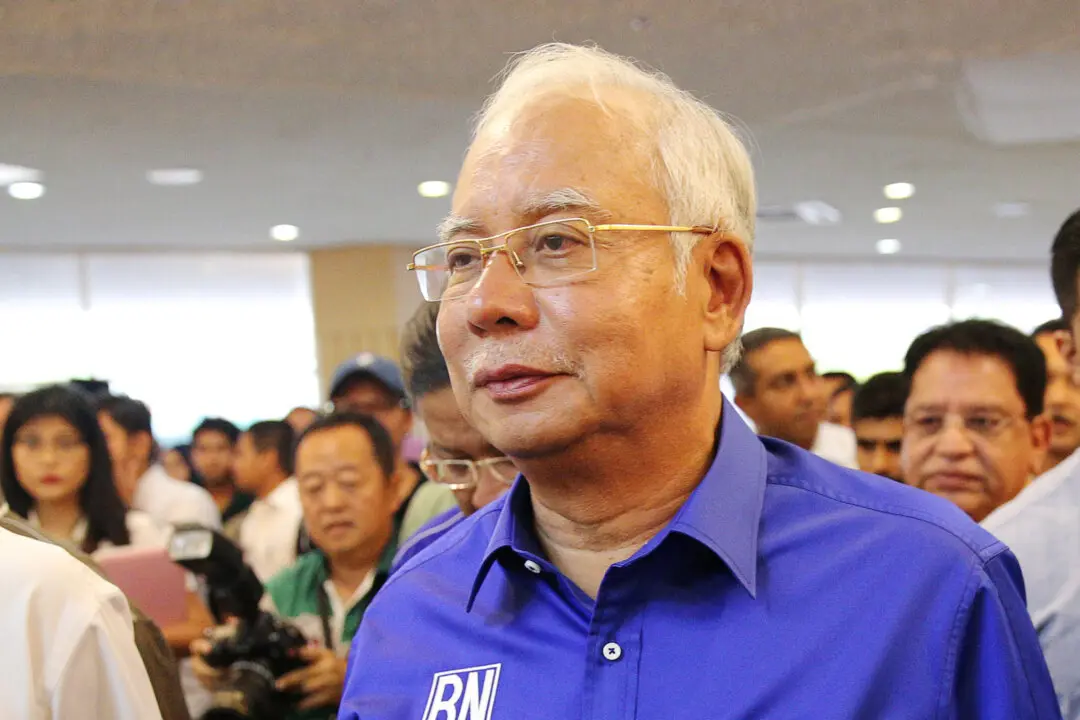TOKYO—Japan will develop and mass produce a cruise missile and a high-velocity ballistic missile, it said on Wednesday, as it seeks the ability to strike more distant targets as part of a military expansion aimed at meeting threats from China and Russia.
The procurement plan unveiled in the Ministry of Defense’s annual budget request represents a clear departure from a decades-long range limit imposed on Japan’s constitutionally constrained Self Defense Forces, that meant they could only field missiles with ranges of a few hundred kilometres.





